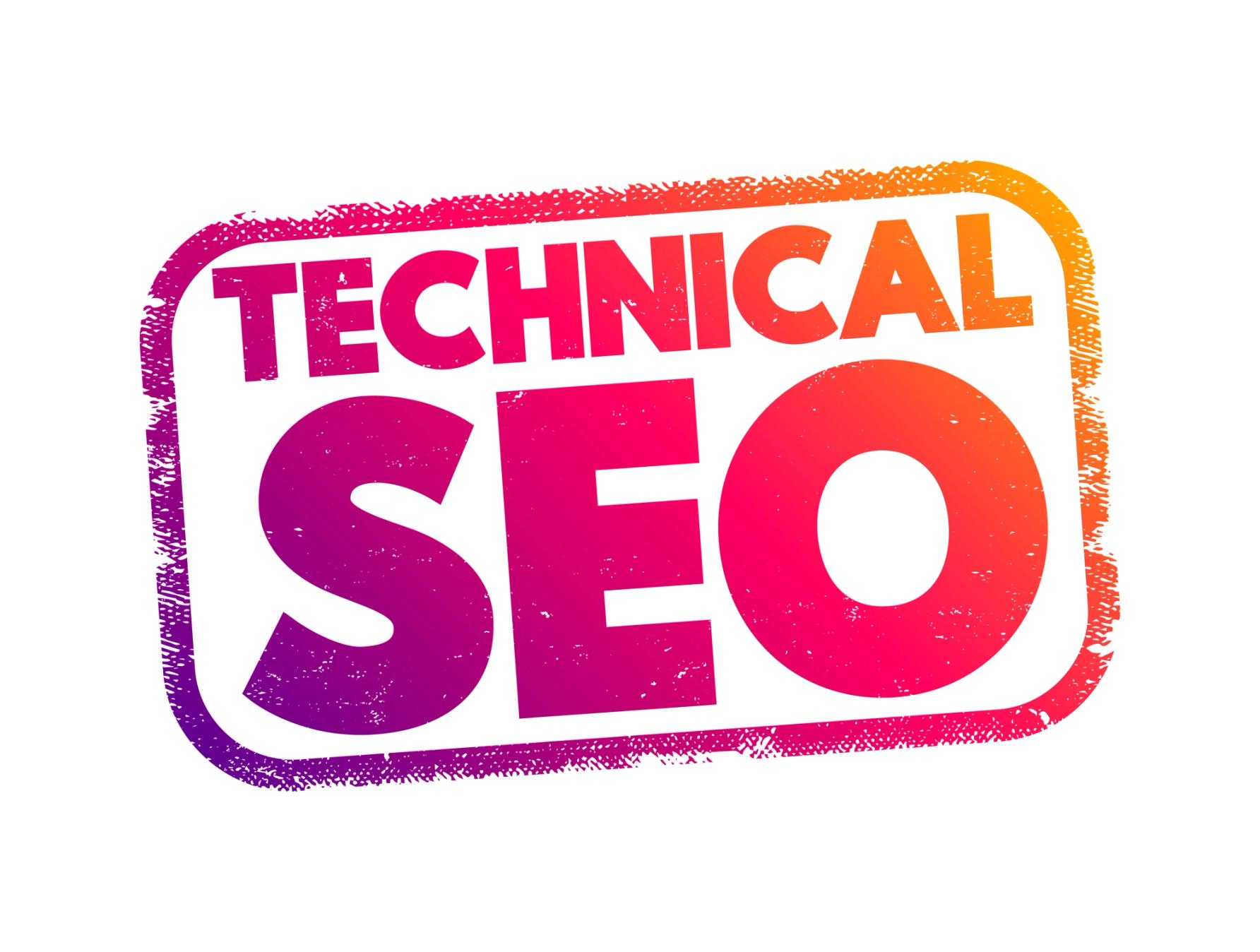
In the digital age, having a well-optimized website is essential for attracting organic traffic and providing a seamless user experience. Technical SEO plays a crucial role in enhancing website performance and improving crawling efficiency for search engines. In this article, we'll explore the fundamentals of technical SEO and provide practical tips on how to optimize your website for better performance and efficient crawling. By implementing these strategies, you can boost your search engine rankings and attract more visitors to your site.
What is Technical SEO?
Technical SEO focuses on the technical aspects of your website that impact its visibility and crawlability by search engines. It involves optimizing various elements, such as website structure, page speed, mobile-friendliness, URL structure, and more. Technical SEO ensures that search engines can easily crawl and index your website, leading to better visibility in search engine results pages (SERPs).
For example, optimizing your website's XML sitemap and robots.txt file helps search engines understand your site's structure and determine which pages to crawl. Implementing structured data markup, such as what is detailed at Schema.org, helps search engines interpret your content more accurately and display rich snippets in search results.
Enhancing Website Performance for Better User Experience and SEO
A fast and responsive website is crucial for user satisfaction and search engine rankings. One example of website performance optimization is optimizing images. By compressing and properly sizing images, you can significantly reduce page load times without sacrificing visual quality. Another example is leveraging browser caching, which allows returning visitors to load your site faster by storing certain elements locally on their devices.
Creating a Mobile-Friendly Website for Enhanced User Experience and SEO
With the increasing use of mobile devices for browsing the web, having a mobile-friendly website is crucial. For instance, implementing responsive design ensures that your website adapts and displays properly on various devices and screen sizes. Additionally, optimizing the site's viewport meta tag allows you to control how your website is displayed on mobile devices, ensuring optimal user experiences.

The structure of your site's URLs can impact the way search engines crawl and index your website.
Optimizing URL Structure and Site Architecture for Better Crawling and Indexing
The way your URLs are structured and the overall site architecture can impact how search engines crawl and index your website. For example, using descriptive and keyword-rich URLs, such as "yourwebsite.com/category/product-name," can help both users and search engines understand the content of the page. Implementing breadcrumb navigation helps with site navigation and provides additional context to search engines.
Optimizing On-Page Elements for Improved Search Engine Crawling and Indexing
On-page optimization involves optimizing individual pages of your website to improve their visibility and crawlability. One example is optimizing meta tags, including title tags and meta descriptions, to accurately describe the page's content and attract search engine users. Another example is using header tags (H1, H2, etc.) to structure your content and help search engines understand the hierarchy and importance of different sections.
Performing Regular Audits and Monitoring for Continuous Improvement
Regularly auditing your website's technical SEO and monitoring its performance is essential for maintaining optimal performance and staying up-to-date with industry best practices. For instance, using tools like Google Search Console and Google Analytics allows you to track important metrics such as crawl errors, indexing status, page load times, and mobile usability. By identifying and addressing technical issues promptly, you can ensure your website performs well in search engine rankings.
Technical SEO plays a vital role in enhancing website performance, improving crawling efficiency, and boosting search engine visibility. By understanding and implementing the principles and best practices of technical SEO, you can create a well-optimized website that provides an excellent user experience and attracts organic traffic. Continuously monitoring and adapting to changes in search engine algorithms and industry trends will ensure your website remains competitive and successful in the long run.